How to decorate your home with antiques and vintage finds
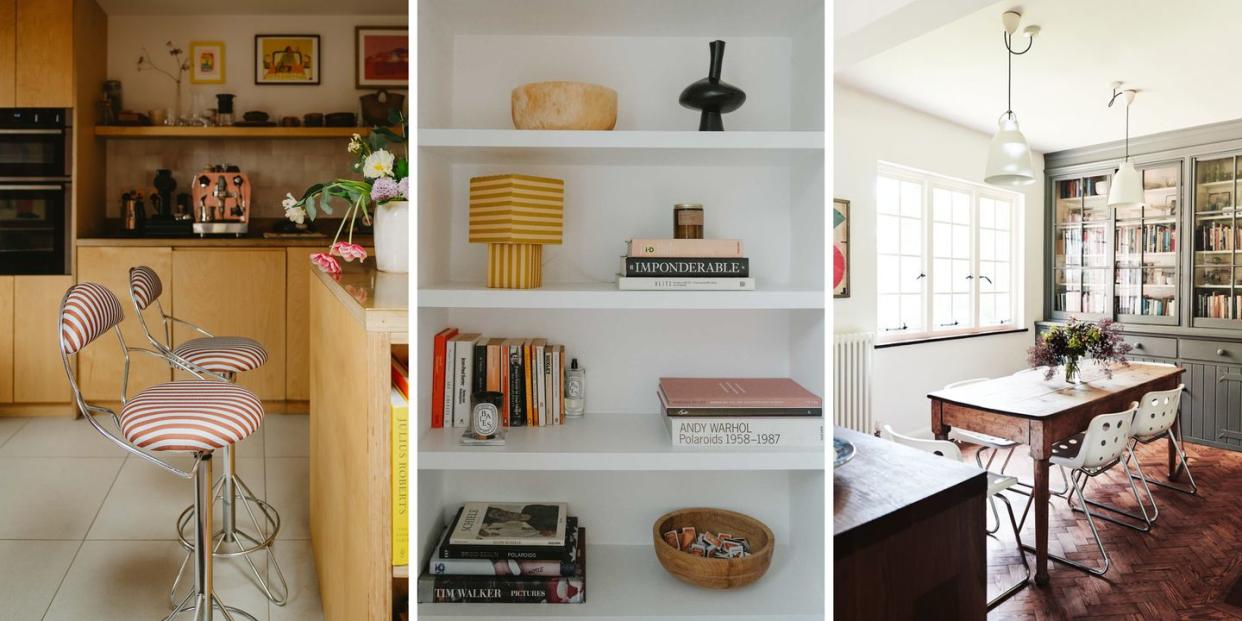
Incorporating vintage and antique finds into your home isn't as straightforward as swapping new for old. These pieces have a unique design language, usually with distinctive materials, silhouettes and embellishments that can be at odds with contemporary homes.
'For many, the thought of decorating with antiques previously conjured up images of highly traditional tastes and stuffy old collectables. But this has changed,' says interior designer, Naomi Astley Clarke. 'People really appreciate how storied items can bring warmth, history, and soul to their homes. Recently, my work has emphasised embracing reclaimed finishes and secondhand furniture. Increasingly, my clients want to make sure their homes are as environmentally friendly as possible and are prioritising swapping new furniture for quality antiques at a similar price point.'
'The mix of old and new, modern and traditional can create a timeless look that is completely unique to you,' adds Louisa Tratalos, founder of Colours of Arley. 'When investing in vintage pieces for your home the key thing is to really love them, so no matter how the design of your home changes, or as your taste evolves you will always find a way to incorporate these pieces.'
Here, we share some expert design tips for incorporating antique and vintage finds into your home.
Tip #1 Start small or consider family heirlooms
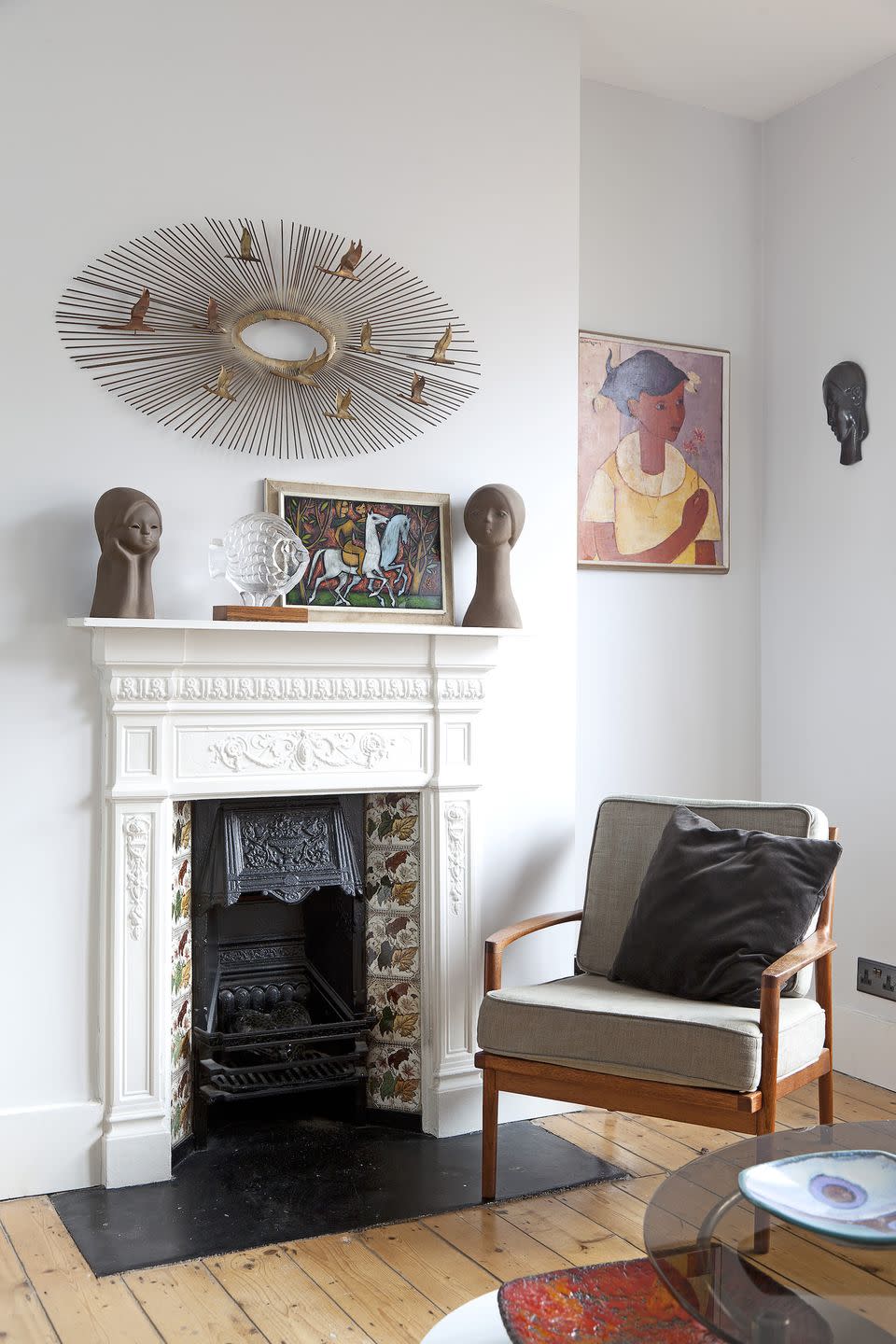
'If you're hesitant about going all-in with vintage, start with small accents like antique vases, picture frames, or decorative accessories. For us, the kookier and more colourful the better,' says Louisa. 'These touches can still bring that nostalgic feel without overwhelming a modern home.
'Family heirlooms or vintage items that have been passed down through generations are also a great first step to incorporate older pieces into your home, the personal connection to these pieces will make them even more special.'
Tip #2 Balance your colours and don't overwhelm your space
'The key to mixing vintage items into your home is to only employ as much as your space can handle and to balance it out with thoughtful colour combinations,' says Naomi. 'For example, you can’t go wrong with pairing brown and light blue as the coolness of blue hues harmonises with the warmth of wood furniture.'
This is sage advice for the maximalists who might employ their usual design tactics of filling their home with lots and lots of the things they love. This can have the unfortunate effect of turning your home into an antiques shop.
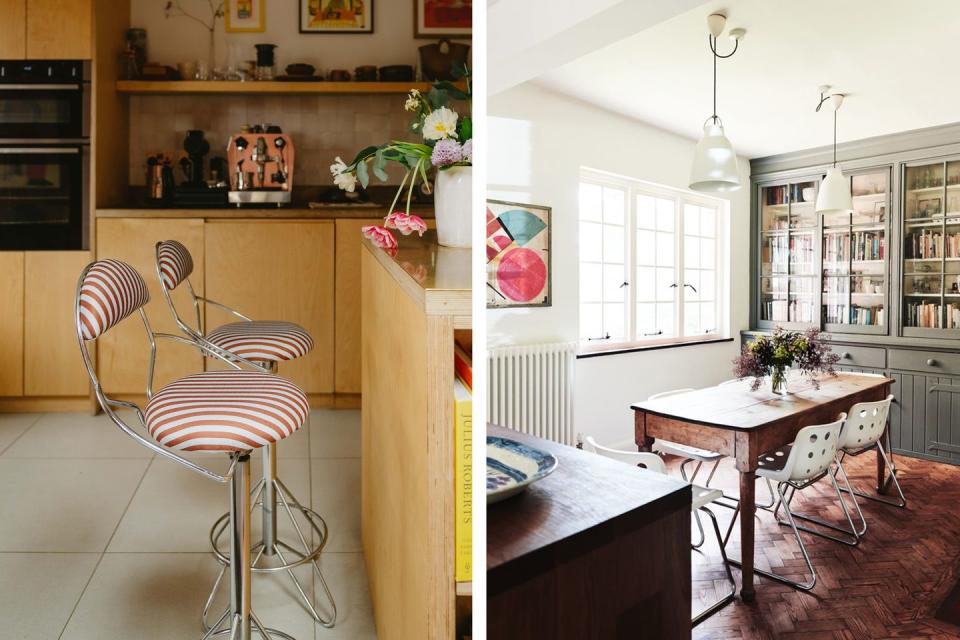
In practice, a balance could be achieved by furnishing a bedroom with a heavily embellished antique bed next to vintage metal bedside tables or modern articulated bedside lamps. Or a hallway with classic wooden floors and elaborate cornicing could hold a modernist glass console.
You can almost always get away with using vintage or antique rugs, even in the most contemporary spaces – they can be really impactful in a slick kitchen – and an old rocking chair can look lovely in a bathroom with enough space.
Tip #3 Be playful, rather than serious
There can be an inherent heaviness and seriousness to antiques, simply because of their age, materials and the visual impact they can have. But this shouldn't inform your design scheme. There is also great humour and playfulness in vintage and antique accessories, or equally in repurposing furniture beyond its original function.
You'll find a lot of old gym equipment in antique stores, which can look really irreverent in a home setting. Pop Art accessories are particularly fruitful here too – have a look at the fabulous pencil coat hanger on 1st Dibs – or the colours and shapes in the Memphis era icons like the Tahiti lamp by Ettore Sottsass.
Tip #4 Try grouping collections
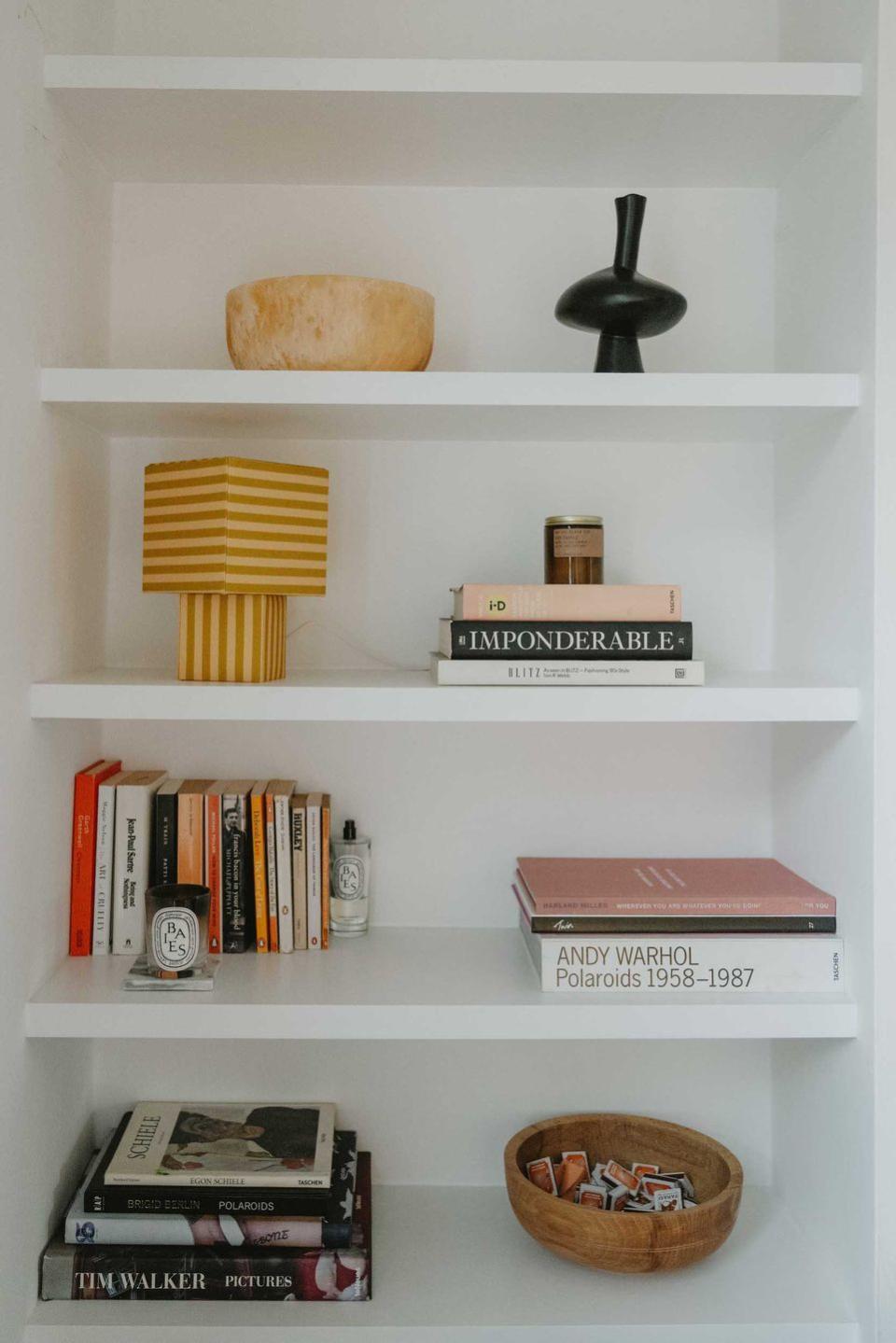
There might be a natural inclination to dot your vintage finds around the room to disperse the effect somewhat, but there is a nice visual impact to be had in grouping pieces too. This is especially true if you have vintage or antique textiles like kilim rugs or cushions, which look really wonderful layered together or gathered onto a sofa.
Antique plates are another great example – they can be propped up in a glass-fronted cabinet, or lined up on kitchen shelves.
Collecting multiples can sometimes make antique shopping a little easier – you might focus on buying Murano glass vases or trinket boxes, or something that is fairly ubiquitously available like embroidered napkins or old books.
Tip #5 Tweak what isn't working
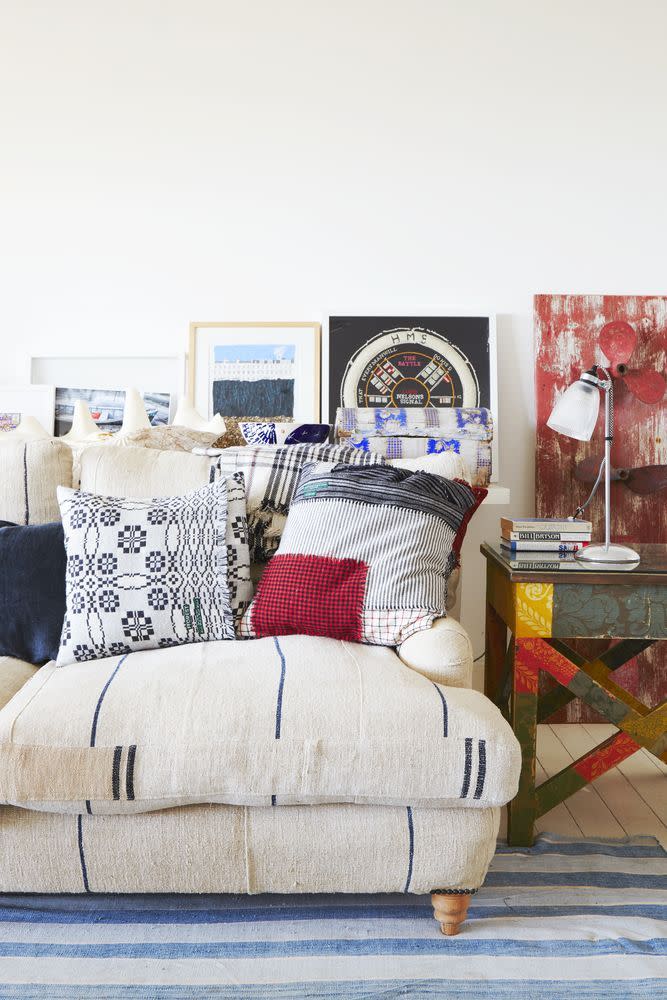
'Don’t be afraid to upcycle – a modern frame on a more traditional piece of artwork can give it a new identity, and an inherited chair with good bones is easily transformed when upholstered in a new fabric with a pattern that speaks to you,' says Naomi.
Camilla Clarke, creative director of Albion Nord, agrees: 'Antique chairs and sofas have far more interesting shapes than anything you can buy off the shelf today. Bring them to life by reupholstering in a fresh, light linen or a jewel-coloured velvet for an instant transformation. We love using antique fabrics found at antique markets or fairs. We tend to use them to upholster cushions, or we frame them as artworks to add a unique point of interest to any room. And you won’t see it anyone else’s house!'
Tip #6 Be mindful of your design decades
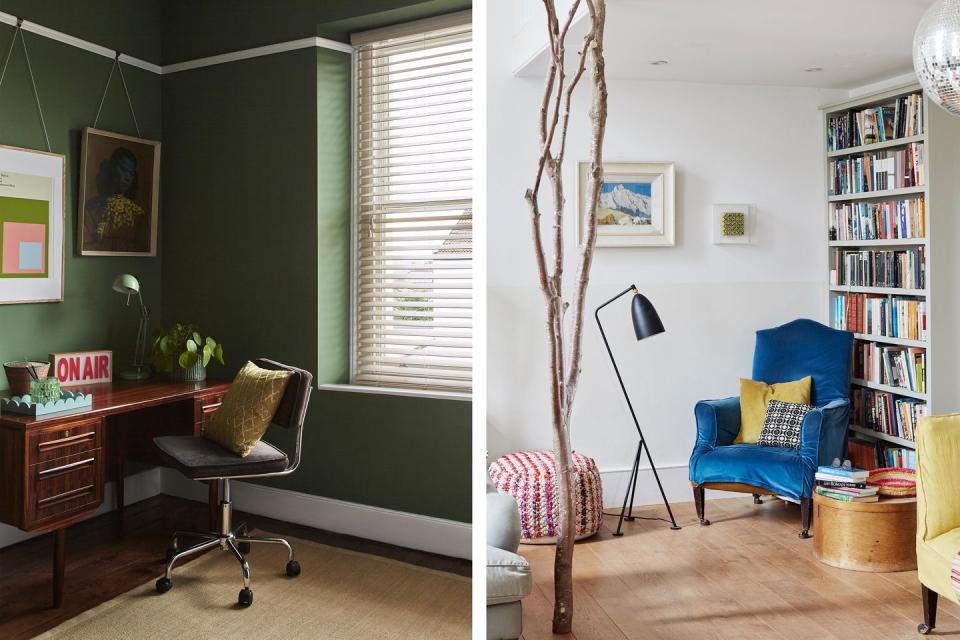
If you want to fill your home with antique and vintage pieces, be mindful of your decades.
'Sticking to three decades a room can ensure you avoid the space feeling confused and cluttered, rather than characterful and quirky,' says Lucy Ward, brand director at Vinterior. 'Apply this mentality to your furniture, as well as the structural parts of the room. Think statement 70s wallpaper, coupled with Art Deco lamps and a grandiose 1930s chaise longue.'
Tip #7 How to use dark furniture
For a considered balance of colours, remember that the heavy woods so common in antique design will usually complement pastels, or if you’re brave enough, a shock of bright colours like orange or a cheerful apple green. Basic creams or grey won’t offer much of a counterbalance to your antiques, but can look very elegant.
'When we consider furniture that has stood the test of time, we often think of dark wood – which some still shy away from, worried it might make their home feel dark and dated,' says Naomi. 'By including these items in the brightest parts of your home, the look is grounded while remaining modern and airy. For example, an antique oak side table or bench beautifully contrasts the lightness of an entranceway with white walls.'
Follow House Beautiful on TikTok and Instagram.
“For many, the thought of decorating with antiques previously conjured up images of highly traditional tastes and stuffy old collectables. But this has changed," says interior designer, Naomi Astley Clarke. "People really appreciate how storied items can bring warmth, history, and soul to their homes. Recently, my work has emphasised embracing reclaimed finishes and second-hand furniture. Increasingly my clients want to make sure their homes are as environmentally friendly as possible and are prioritising swapping new furniture for quality antiques at a similar price point.""When we consider furniture that has stood the test of time, we often think of dark wood – which some still shy away from, worried it might make their home feel dark and dated. By including these items in the brightest parts of your home, the look is grounded while remaining modern and airy. For example, an antique oak side table or bench beautifully contrasts the lightness of an entranceway with white walls.""The key to mixing vintage items into your home is to only employ as much as your space can handle and to balance it out with thoughtful colour combinations. For example, you can’t go wrong with pairing brown and light blue as the coolness of blue hues harmonizes with the warmth of wood furniture.""And don’t be afraid to upcycle – a modern frame on a more traditional piece of artwork can give it a new identity, and an inherited chair with good bones is easily transformed when upholstered in a new fabric with a pattern that speaks to you."
You Might Also Like



